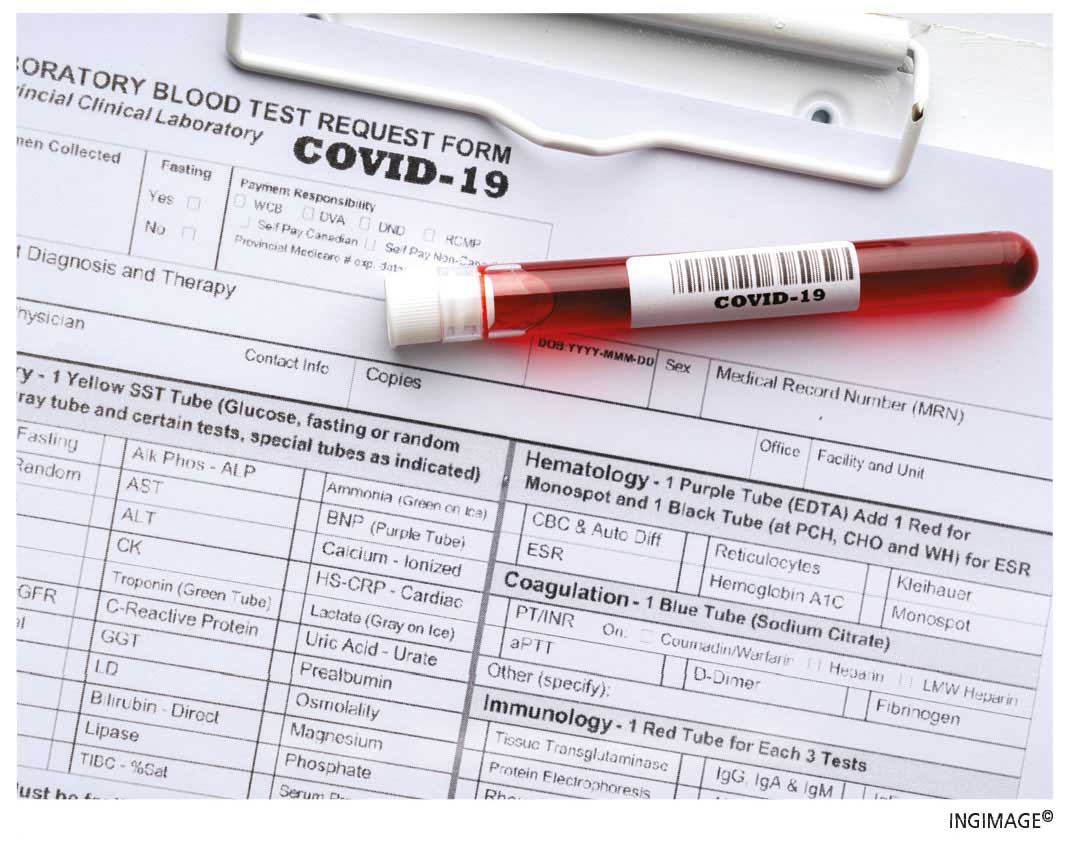EXECUTIVE HEALTH
EXERCISE IS MEDICINE
BY Dr. Sanjiva Wijesinha
Traditionally, doctors have encouraged patients to undertake physical exercise to reduce the risk of heart disease. Today, an expanding body of research clearly shows that when people increase their level of physical activity, they reduce not only their blood pressure and risk of premature heart attacks, but also the risk of having diabetes, arthritis and bone damage as they get older.
Elevated blood pressure (medically termed hypertension) is a major risk for heart attacks and strokes. It can be safely and effectively lowered through a programme of regular physical activity. Hypertension responds to many non-pharmacologic approaches including weight loss, exercise, dietary changes and reduced alcohol consumption.
Though many believe that all they need to do is swallow a tablet every morning to fix high blood pressure, it’s not as simple or effective as drug manufacturers would have you believe.
We now know that the efficacy of mono-agent antihypertensive medication is as good as a sustained programme of exercise. A 2019 meta-analysis published in the British Journal of Sports Medicine found that among patients with a starting systolic blood pressure greater than 140, the systolic blood pressure lowering effect of single agent therapy was no different to physical activity.
One must also remember that blood pressure lowering medication (known as antihypertensives) aren’t without adverse effects. They can reduce blood pressure too much (hypotension) especially if one suddenly stands up from a seated or lying position.
They can also cause abnormalities in the chemical composition of the blood and even precipitate acute kidney injury especially if taken with other medications. Moreover, bothersome side effects – such as swollen ankles, a dry cough, increased frequency of having to pass urine etc. – can occur with many of the tablets commonly prescribed to reduce blood pressure.
Most of us would prefer to avoid taking medicines if we can. But it’s important to understand that if we want to adopt a natural method of lowering our blood pressure and reducing the risk of heart attacks, we must ensure that our behaviour change is linked to our core beliefs.
This will ensure that we don’t become frustrated if we don’t achieve our target immediately or lull ourselves into complacence when we do reach good blood pressure control and end up discontinuing the beneficial behaviour.
All forms of physical exercise – endurance, isometric and resistance – are effective in reducing elevated blood pressure. Even non-exercise physical activity known as NEPA – which incorporates exercises into our workplace such as taking the stairs instead of the lift, getting up from the workstation every half hour and doing a short walk, making it a point to always walk to the printer whenever you print something etc. – is extremely beneficial.
To help you include physical activity in your working day, download an activity tracker onto your smartphone. If you don’t have sufficient time to exercise, take the time to walk for 15-20 minutes during your lunch break and on your way home from work.
It all adds up: ten minutes is better than no minutes; and 30 minutes is way better than 10.
Remember that you only have to exercise regularly and not rigorously. With regular exercise, you will do yourself a whole lot of good and also prevent the onset of a premature heart attack.






